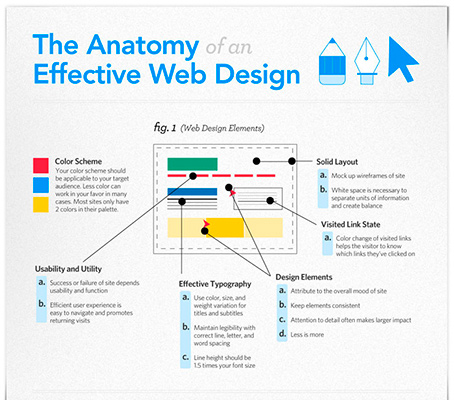Basic Facets Of Website Design: Standards For Developing A User-Centric Website
Basic Facets Of Website Design: Standards For Developing A User-Centric Website
Blog Article
Material By-Hall Thrane
When it concerns internet site style, making certain user-friendliness is key. From receptive design to streamlined navigation, every element plays an important function in developing a site that deals with your audience's requirements. But what about the better information that can make or break a user's searching experience? Remain tuned as we reveal some often-overlooked ideas that can raise your internet site's functionality to the following level, making it really stand out in the digital landscape.
Importance of Responsive Design
Responsive layout is a vital facet of modern-day site advancement. Ensuring your website is receptive means that it can adapt to different display dimensions and devices, supplying a smooth experience for individuals.
With the enhancing use of smart devices and tablet computers to access the net, having a receptive design is important for reaching a larger audience. It helps in improving user experience by making your web site very easy to browse and continue reading any kind of gadget.
Additionally, responsive design can favorably affect your search engine positions, as search engines like Google prioritize mobile-friendly internet sites. By having a receptive style, you're likewise future-proofing your internet site, as brand-new tools with differing display dimensions remain to emerge.
Simplify Navigating Structure
To improve user experience and facilitate very easy accessibility to info on your site, streamlining the navigating structure is extremely important. When creating your site, concentrate on producing a clear and user-friendly navigation menu that aids site visitors locate what they're seeking promptly.
Limitation the number of menu things to the basics, organizing associated pages together to prevent overwhelming customers. Usage descriptive tags that plainly indicate the web content of each page, making it easier for users to comprehend where each link will certainly take them.
Consider carrying out dropdown food selections for subcategories to stop littering the primary navigating bar. Additionally, include a search bar prominently on the page for customers that favor searching for particular info.
Prioritize mobile responsiveness in your navigation design to make sure easy gain access to on all gadgets.
Optimize Web Page Load Rate
Improving web page load rate is crucial for maintaining visitors on your web site. Slow-loading web pages frustrate individuals and can result in high bounce rates. To optimize page tons speed, beginning by enhancing photos. Press photos without endangering high quality to reduce their documents dimensions.
Furthermore, make it possible for web browser caching to keep frequently accessed sources locally, speeding up load times for returning site visitors. Minify CSS, JavaScript, and HTML data by eliminating unnecessary personalities, comments, and format, improving load speed.
Think about making use of a web content shipment network (CDN) to distribute your web site's material across multiple servers worldwide, lowering latency for customers accessing your website from different areas. Lastly, limit making use of third-party manuscripts and plugins, as they can dramatically impact tons times.
search optimization companies
In conclusion, by integrating responsive style, streamlining navigating, and optimizing page load speed, you can produce an user-friendly website that interest a wider audience and boosts individual experience. search engine optimization marketing that visitors can conveniently accessibility and navigate your site across different tools, resulting in enhanced involvement and contentment. By focusing on these crucial facets, you can develop a successful site that maintains customers coming back for more.
